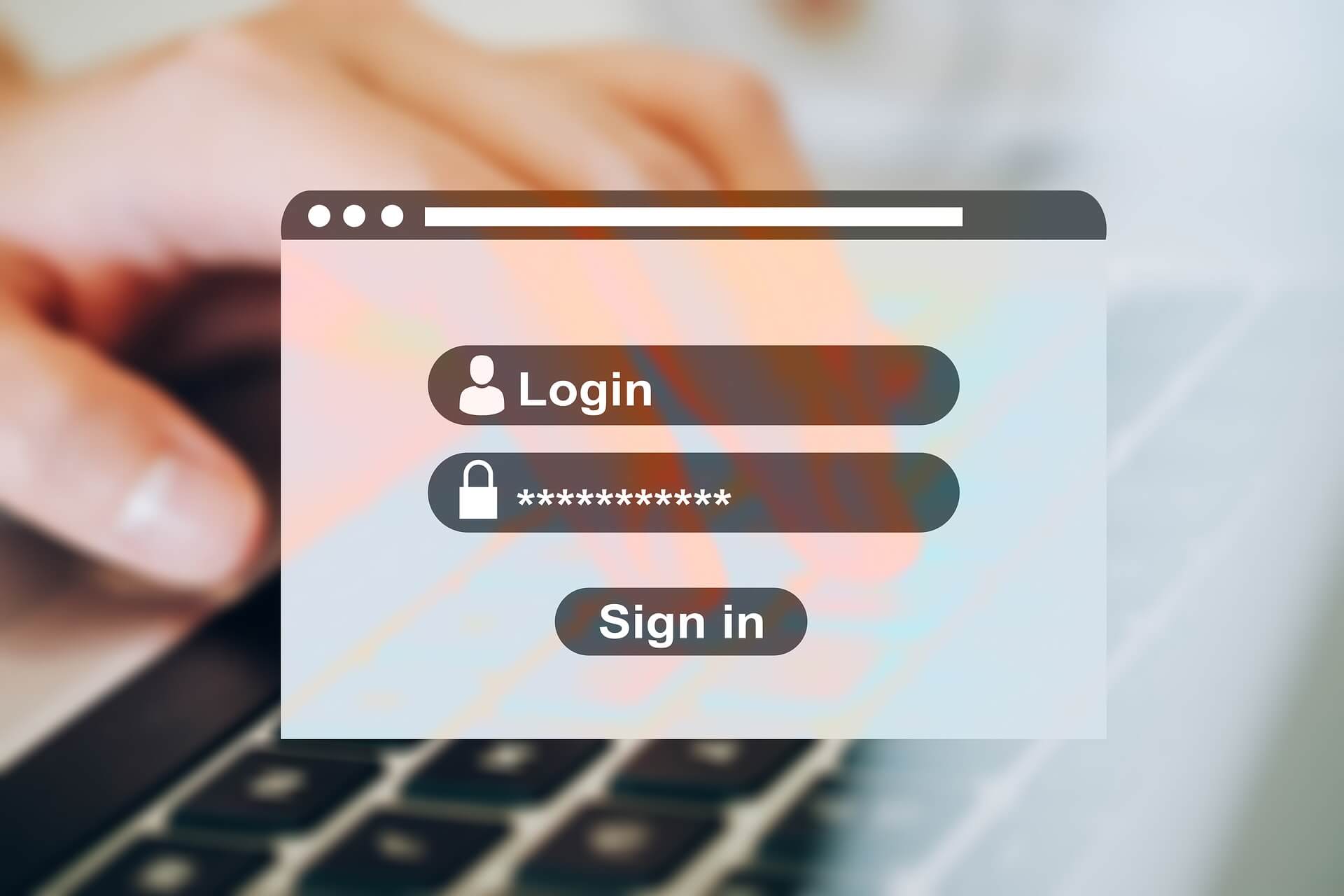The average person is responsible for approximately 100 passwords. Strong passwords are the key to numerous personal accounts and all the data stored within them. This is why so many people struggle with creating strong passwords and storing them safely. On top of everything else you are responsible for managing – a long, complex, and unique password for every account might not be at the top of your to-do list. Trust us, you’re not alone when you find yourself resetting your password once again because you don’t have a clue what it could be despite looking in all your usual places. Or worse – reusing the same easy to remember password for all your accounts.
A strong password is long, complex, and unique.
Password length determines how quickly it can be compromised. The current recommended length is 16 or more characters. The longer a password is in length, the longer it takes for someone to crack it. Today, there is automated software available for cybercriminals to expedite this process. Thwart an attempt to break into your private accounts by making it a greater challenge to guess your login credentials. In many cases, having a long password stops cybercriminals from even attempting to break into your account because they would rather move on to something much easier to crack. A long password does not guarantee complete security alone but it greatly reduces the odds of an attack. If you are having trouble thinking of a long password try combining a few words or even a short phrase that is easy for you to remember but is completely random to anyone else.
A complex password contains upper and lowercase letters, numbers, and special characters throughout to create a truly one of a kind password. Fortunately, most websites require these three elements when creating a new password to encourage better password habits form the start. As cybercriminals get better at cracking passwords the need for complexity has risen.
A unique password is used for a single account and never reused. While it appears to provide convenience – reusing, or recycling, the same password is an extremely bad habit. If you are already thinking about those few passwords you use across your hundreds of work and personal accounts it is time to reset all those passwords. Using the same password for multiple accounts is one of the most harmful practices because once a cybercriminal has a key to, let’s say your streaming service account, it won’t be long before they’ve accessed your online banking app, work email, or worse. Plus, think about all the information that a cybercriminal can gain about you by breaking into a single account that will only help them gain access to more accounts.
This all might sound like too much doom and gloom to want to read on – but, there is hope! Thanks to new technology that meets the high cybersecurity standards of today there are simple and easy ways to use strong passwords for your numerous accounts, and there is a secret weapon that many platforms and services have adopted to provide extra password protection.
Password managers store all your long, complex, and unique passwords in one secure place. Your job is to remember one password to access your strong passwords. In the case of LastPass, which offers free and premium solutions, connect the password manager to your browser and LastPass will autofill your login credentials in most cases. This is more secure that trusting Google to save and remember your passwords. In fact, stay away from allowing Google to save and store any of your information such as login credentials or payment information. Utilize a trusted password manager and never worry about remembering another password again – well, except for one.
In addition to creating strong passwords and storing them in a secure place – multi-factor authentication (MFA) provides an extra layer of protection that has consistently outperformed every other good password habit. MFA requires the individual that is requesting access to an account to enter their login information as well as a single-use code that is retrieved from a separate device. This means that when you are logging into your work email on your computer in the morning you must have your phone present, open your MFA app to retrieve the code, and type the code before it changes within 30 seconds. MFA has proven to be so effective most platforms have integrated the option in their security settings. We recommend Microsoft’s Authentication app, which you can download in the app store. Once installed, check your different accounts to see if you can turn on multi-factor authentication and be sure to download an authenticator app.

